I used Bose's QC Ultra Headphones for 18 hours of flying – and I'm never going back
The Bose QuietComfort Ultra Headphones have astounding active noise-cancellation, as I tested in-flight for many hours
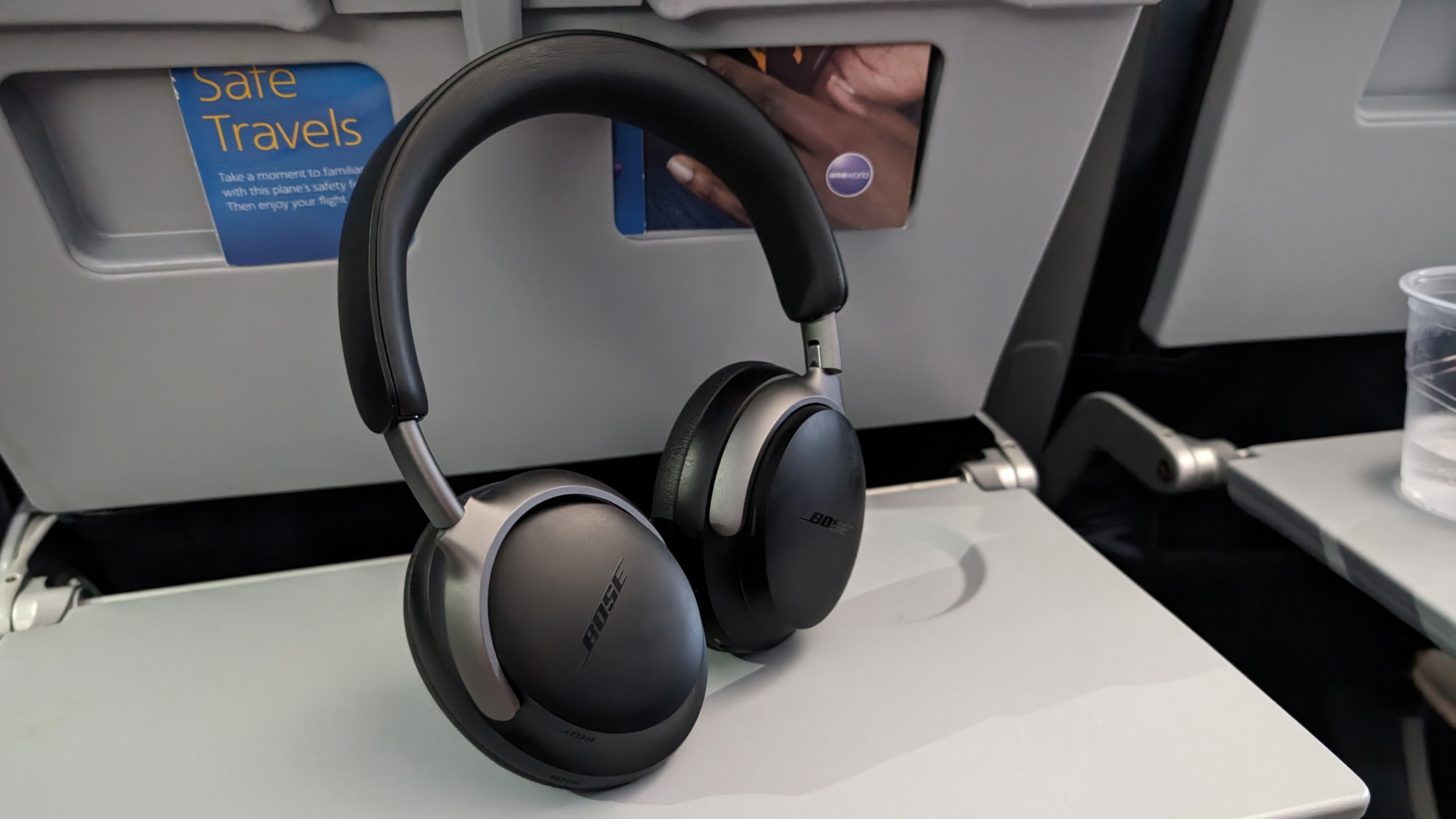
As an avid flyer I spend many hours in the sky travelling many miles each year. The thing I absolutely cannot travel without are a pair of the best active noise-cancelling (ANC) headphones. And, as T3's Tech Editor and long-time technology journalist of 15 years, I'm often inundated with many of the best headphones to test out and review.
Most recently it's Bose's QuietComfort Ultra Headphones that have landed in my lap and, having just switched over from the excellent-sounding Bowers & Wilkins Px7 S2e (before which I was using the Shure Aonic 50 Mark II) these designed-for-travel Bose headphones couldn't have arrived at a better time.
That's because as I type this I've successfully travelled to Qualcomm's Snapdragon Summit, for the launch of the Snapdragon 8 Gen 3 chip (and much more), flying London to Los Angeles and onward to Maui – a total flight time of approximately 18 hours. And I've done it all on one charge of these Bose headphones.
So it's fair to say I've put in the real-world testing time – and that I'm never going back. That's because the Bose QC Ultra Headphones will be the best ANC over-ears for travellers looking to upgrade their noise-cancelling kit. Here's why:
1. Compact size & case
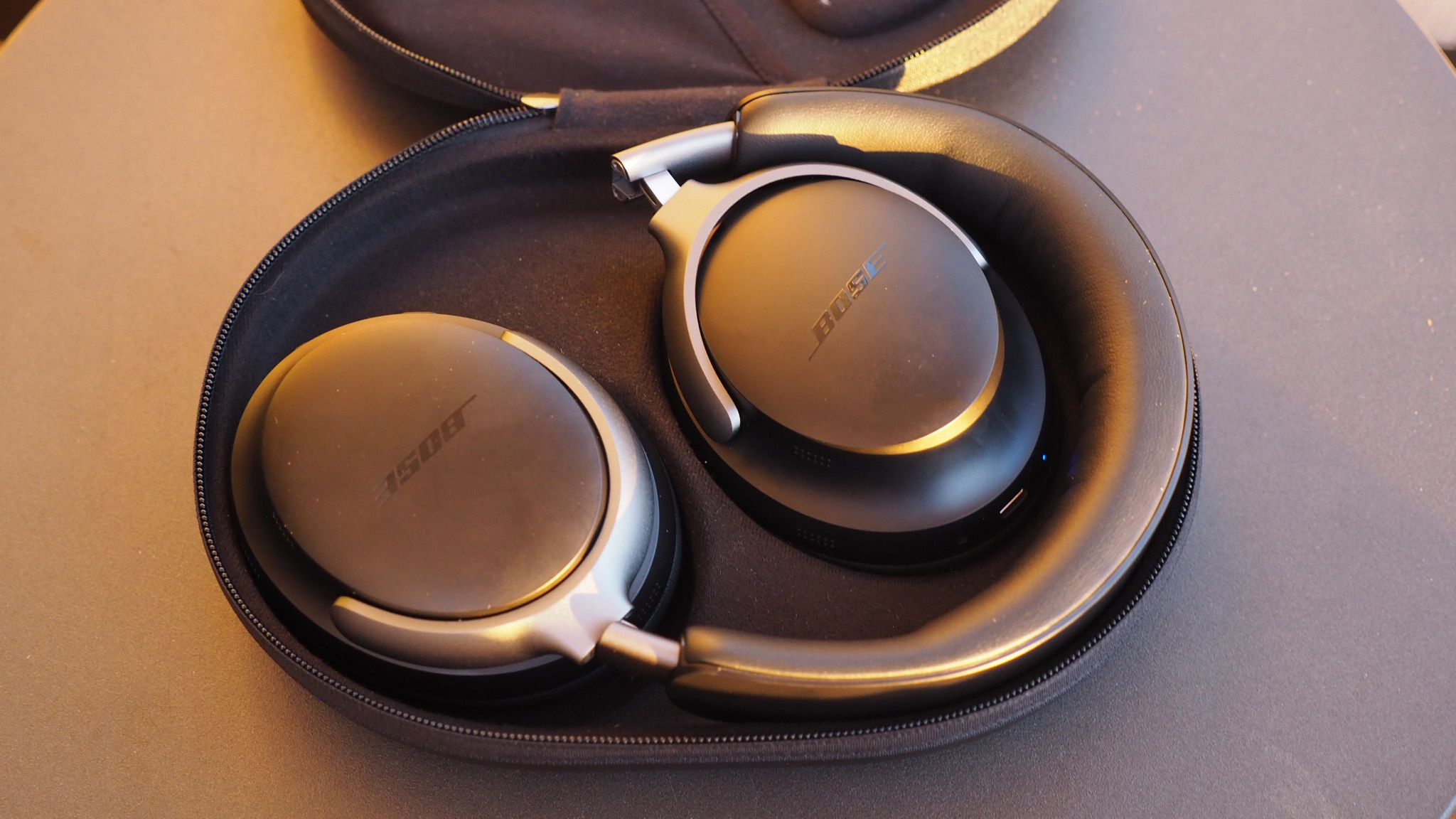
I'm treating the Bose QC Ultra Headphones as a sort-of upgrade to my Bose 700 Headphones, the latter which I received back in 2017 at launch and have been using as my go-to pair ever since. They've done well over a period of more than five years, but the earcups are now dead and done so it's time to move on.
The most obvious initial thought with the QC Ultra Headphones is how much smaller they are: the case is much more compact; the headphones, fold down really neatly and can be stacked into that case nice and tight too. There's still room enough for all the cables in there, plus my other must-have-for-travel gadget: the AirFly (sold separately, of course).
That's not to say the QC Ultra Headphones feel too small though. The arms slide out really smoothly to adjust for each side, so there's no 'clicking' sound when doing this, making for the perfect personalised fit. The folding earcups also don't have a mind of their own like some other lesser headphones, so always sit naturally around the neck when not being worn over your head for listening.
Get all the latest news, reviews, deals and buying guides on gorgeous tech, home and active products from the T3 experts
2. ANC that's simply amazing
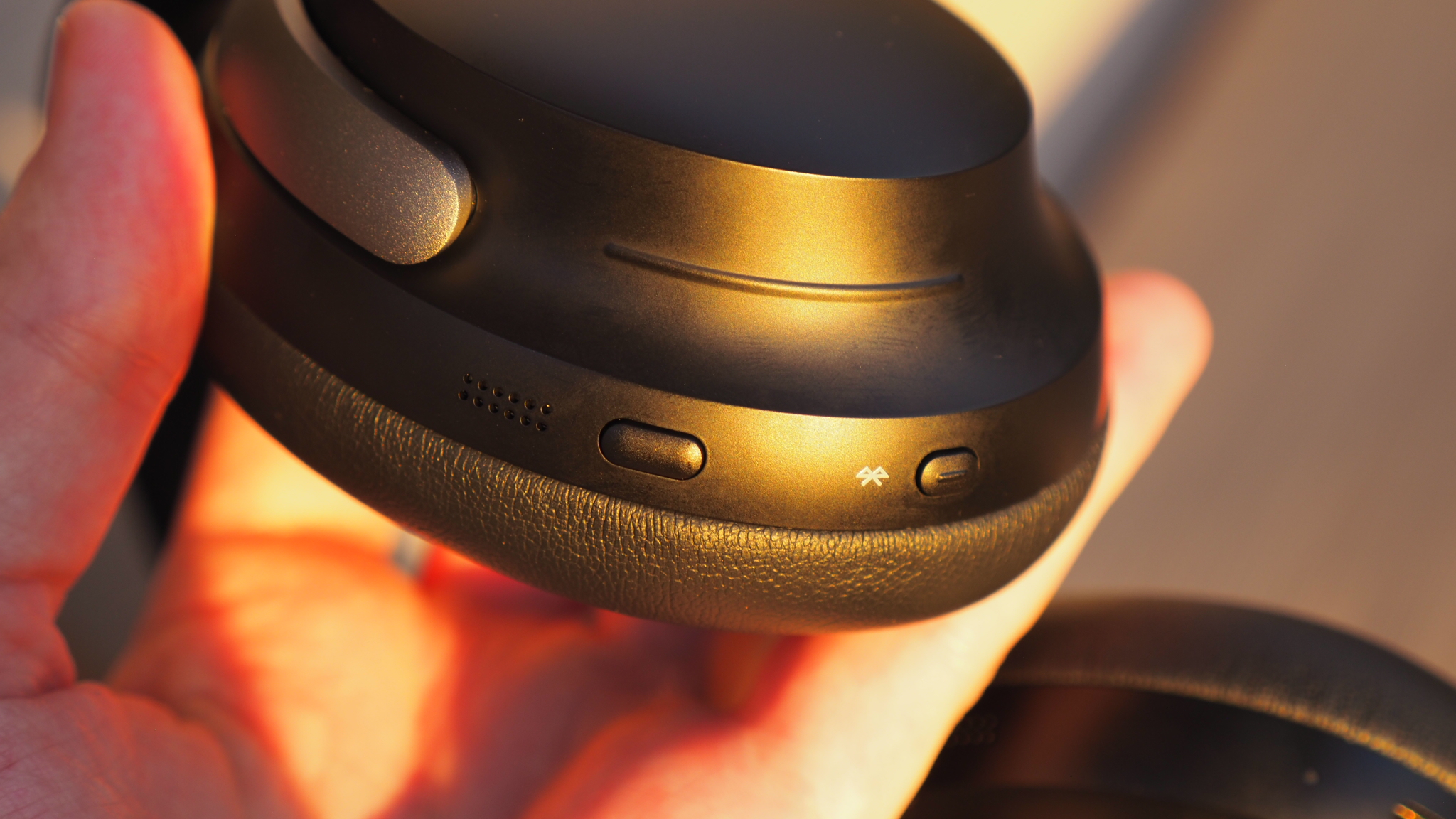
There's noise-cancelling and then there's noise-cancelling. While you might not want the most extreme forms of ANC for at-home listening, say, when it comes to flights that hiss and drone of a Boeing 777 is something you'll want to block out with super-strong ANC. So when you can do that at the press of a button, as you can with this Bose, it's a thing of magic.
I actually sleep in headphones on planes now and it's no different with the Bose QC Ultra Headphones. These over-ears stay in place pretty well, not slipping off, yet are comfortable enough to wear without overly pressured discomfort. I've tested them out upright while flying in economy, angled while in premium, whilst laying flat (both in a very empty economy flight and bid-for upgrade into business class) and whether it's against a window or against a pillow, the results are fantastic.
That said, Bose's new setup is a little simpler than it used to be: you can either have noise-cancelling set to Quiet, Immersion or Aware. The first is straight-up ANC. The second is ANC with some processing applied to make your music more three-dimensional, as spatial audio, which works really well but isn't ideal for planes. The last is a passthrough option and, oh my, that hiss and drone comes straight back – so you know the QC Ultra are doing a great job in the main two ANC modes.
3. Bass that bangs
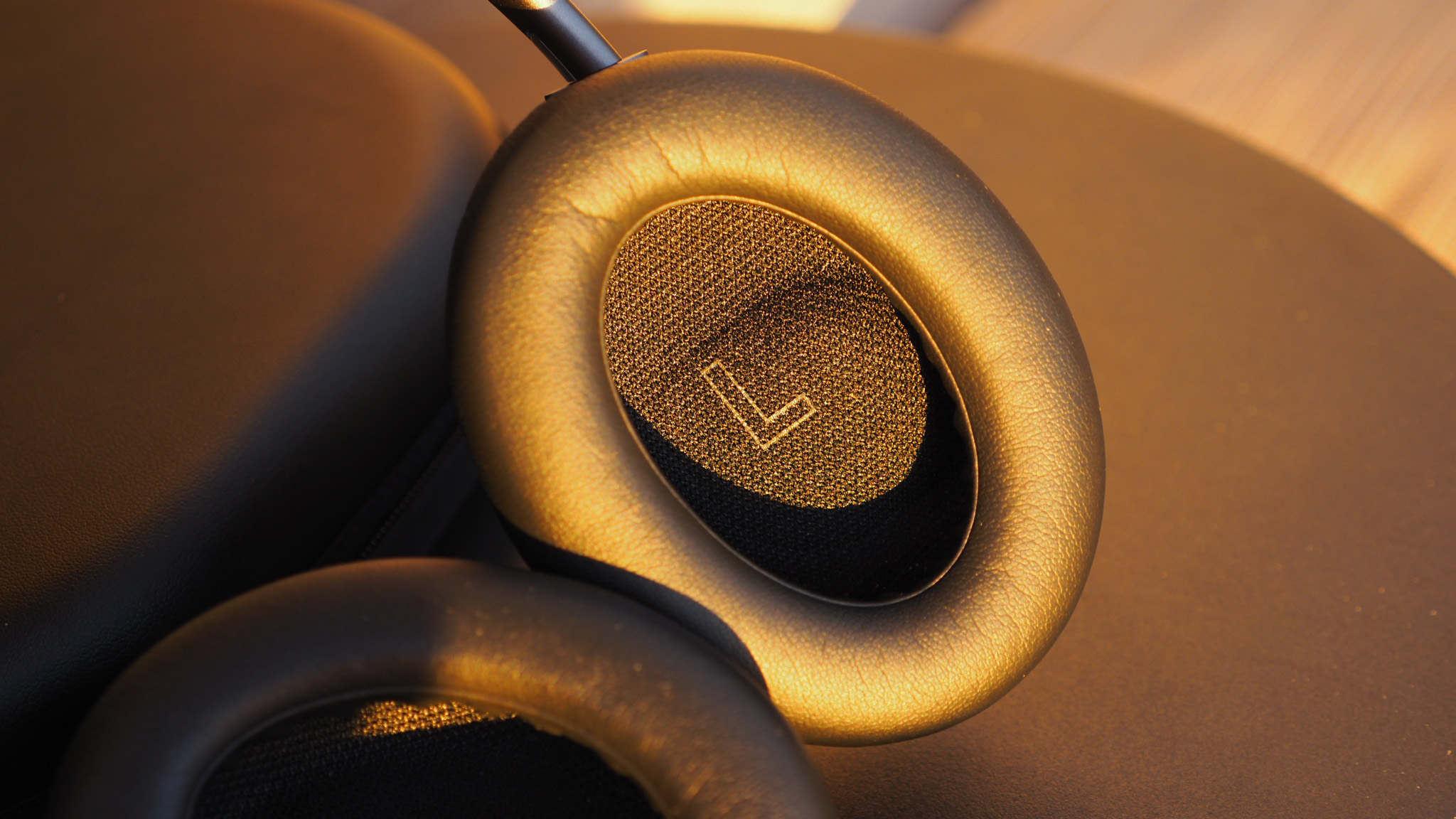
On one of my recent flights, which somehow included the most obnoxious neighbouring row of "let's all listen to our phones on loud when connected to AA's in-flight entertainment" I revelled in having these Bose headphones to hand - because I could drown out these inconsiderate listeners without disturbing the other people around me (well, they were already disturbed, of course).
From those I've asked, the QC Ultra Headphones are decent in restricting sound bleed to the outside world, which gives me greater confidence in raising their volume. I tend to listen to music or podcasts when I sleep on planes, just with the volume turned right down, and set a timer so I know how long I've slept and how much I ought to catch-up for countering jetlag.
But when I'm awake, whether it's using my own over-ears for watching movies or shows, or listening to my catch-up Pete Tong BBC show each week, I want a sound profile that really hits all the right notes - including the low ones. And the Bose don't disappoint when it comes to delivering the bass. You can even dial it up or down in the accompanying app to cater for your preferences.
4. Battery that delivers
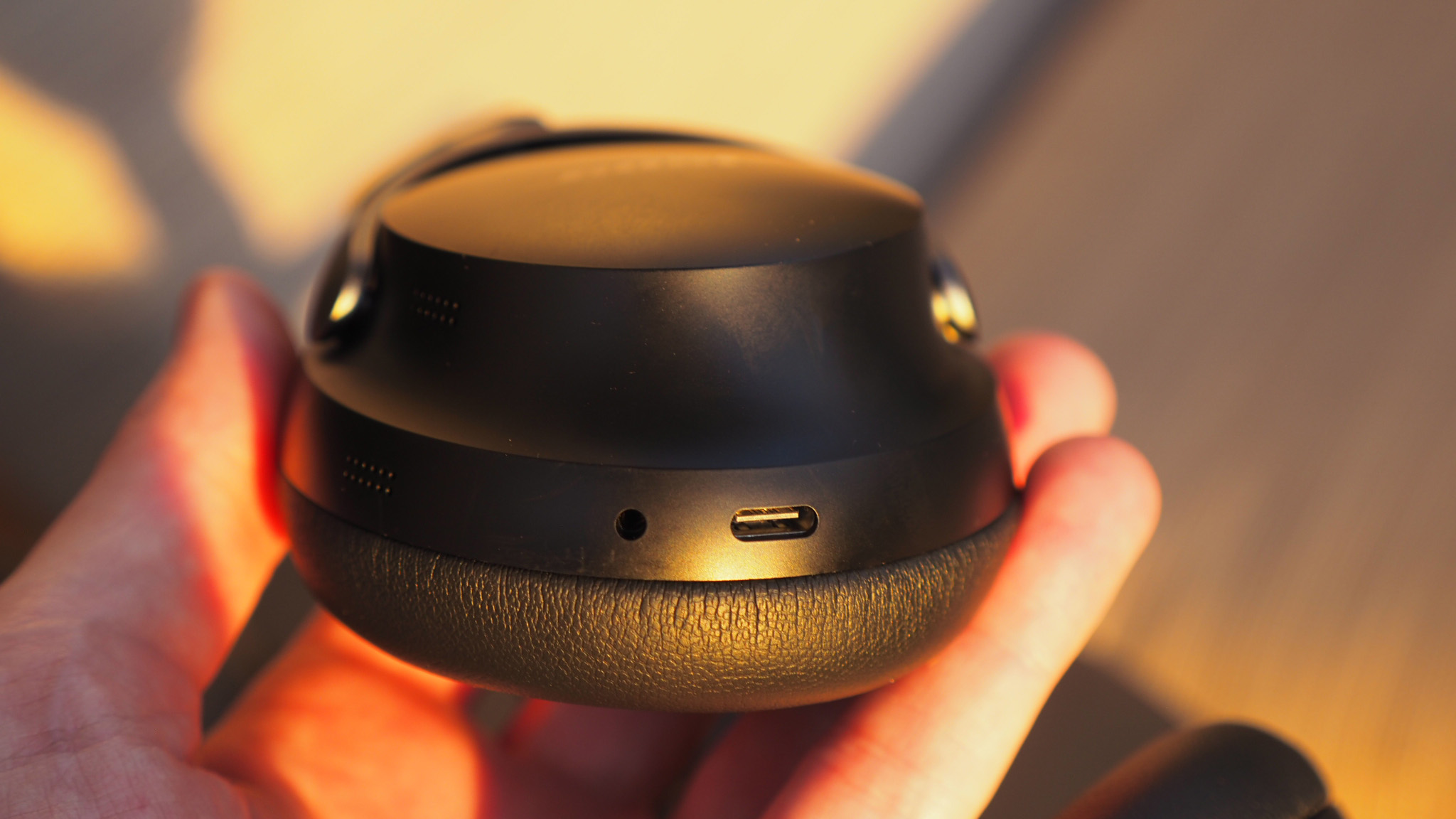
Having great sound and great ANC is one thing, but if it's not going to last very long then it's not altogether very practical. Fortunately the Bose QuietComfort Ultra Headphones do a pretty decent job per charge. My experience went as so:
With the headphones fully charged to 100% I used them a little at the airport, maybe for an hour, whilst I worked. After boarding a very delayed London to Los Angeles flight I barely removed the headphones, and that flight was approximately 11-and-a-half hours total. A glance at the battery level in the app after and there was 40% exactly left from what I'd call 12-plus hours of use.
Knowing I had an onward connection for a further six hours, I was confident in not needing to charge the headphones back up - not that I really had the option to do so anyway whilst en route. After a bumpy ride to Maui from LAX (why do almost all airlines use the smaller planes? An A320 is going to bounce around a lot more than a 777 in the same conditions!) and a full 18 hours into use and, ta-dah, still a solid 10% battery remained. It's great that the app allows for accurate tracking too.
5. Are these the best ANC headphones?
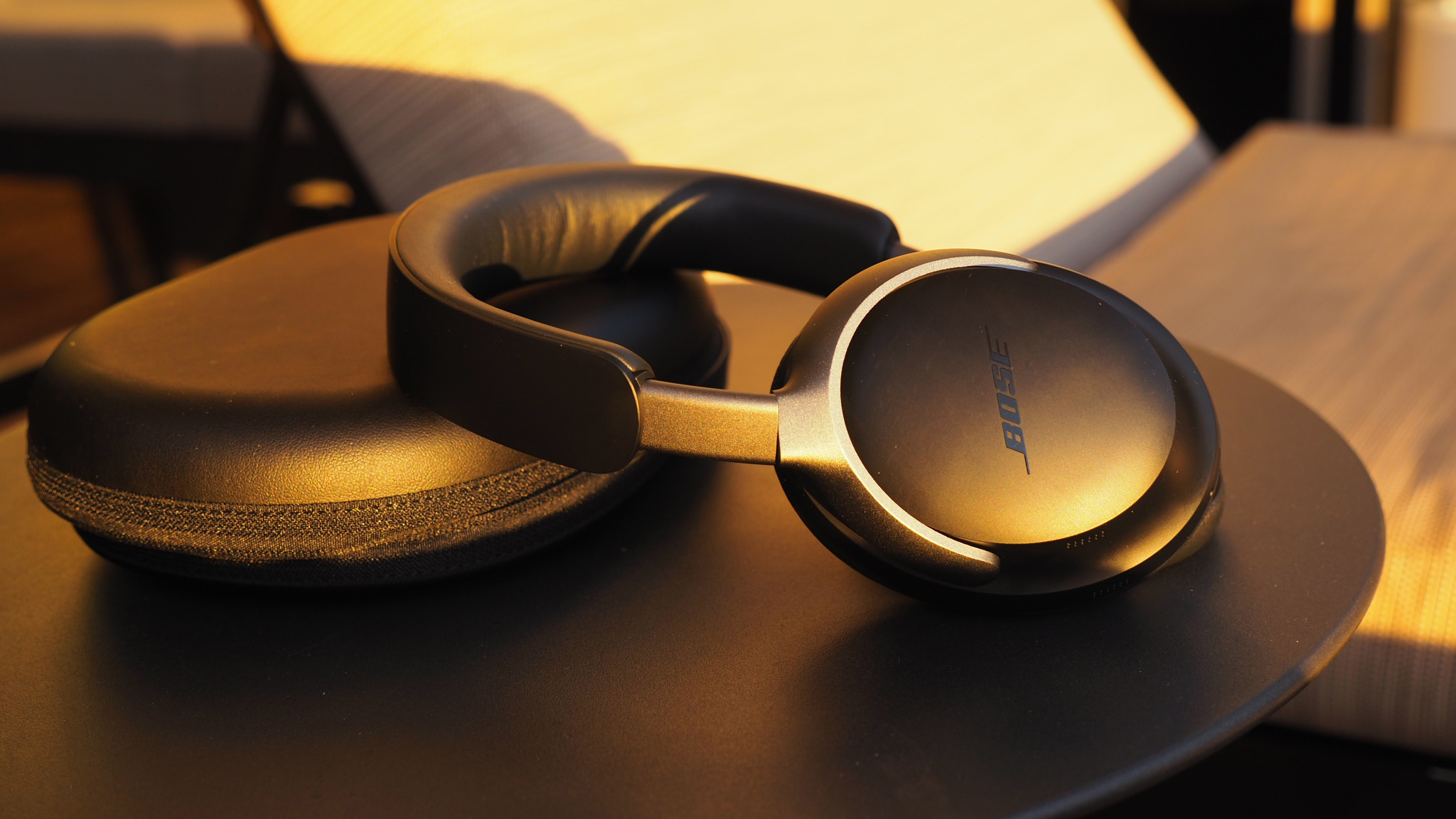
So to the crux of the matter: has Bose created the best active noise-cancelling headphones for travellers in 2023? I think the answer to that from my point of view is a firm yes. Having used the QuietComfort Ultra Headphones in place of many other pairs in recent months (including on other similar-length flights), they're my favourite for all the reasons I point out above.
Should you buy a pair? For their compact scale, great adjustability, superb sound, big bass, ANC that dials out the outside world, and battery life that's great for long-haul journeys, the answer is going to be based on whether you need a pair and can afford their rather lofty asking price.
That's perhaps the only 'downside' to the Bose QC Ultra Headphones: these are among the priciest travel headphones you could elect to buy. They're totally worth it in my opinion, as they ought to last for many years to come (just as my 700 model has), but the up-front cost may be the main hurdle to conquer. But the in-flight bliss will make it worthwhile.

Mike is T3's Tech Editor. He's been writing about consumer technology for 15 years and his beat covers phones – of which he's seen hundreds of handsets over the years – laptops, gaming, TV & audio, and more. There's little consumer tech he's not had a hand at trying, and with extensive commissioning and editing experience, he knows the industry inside out. As the former Reviews Editor at Pocket-lint for 10 years where he furthered his knowledge and expertise, whilst writing about literally thousands of products, he's also provided work for publications such as Wired, The Guardian, Metro, and more.
